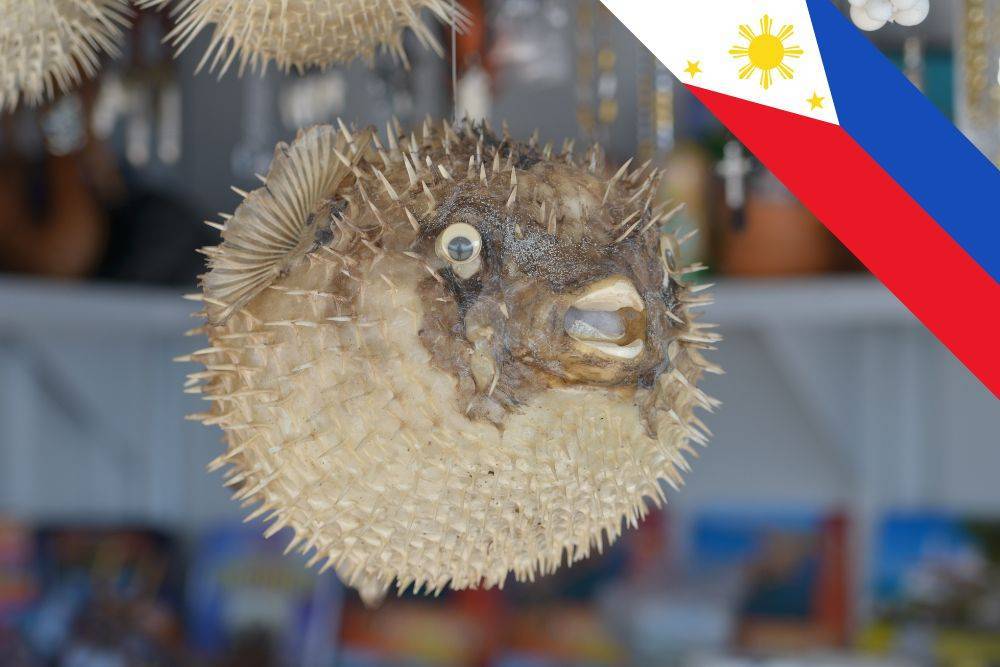In a devastating incident in Lamitan, Basilan, two children tragically lost their lives, and three others were hospitalised after consuming pufferfish, known locally as “butete.”
Oliver Torres, the head of the Lamitan City Disaster Risk Reduction and Management Office (CDDRMO), spoke of the details regarding the incident. The victims are residents of Balas, a coastal village in Lamitan City, Basilan. The two children were four and seven years old. They experienced vomiting, loose bowel movement, numbness, and difficulty breathing after consuming pufferfish. Three others, including a 34-year-old housewife and two other children, are also admitted to the Lamitan District Hospital for treatment.
Additional Monitoring
Village officials have stated that seven other people also consumed the same fish and that they are being actively monitored. Thankfully, these seven individuals are not experiencing symptoms similar to those hospitalised.
Understanding Tetrodotoxin Poisoning
Tetrodotoxin poisoning arises from consuming pufferfish, which harbor the potent neurotoxin tetrodotoxin. This toxin primarily resides in the pufferfish’s liver, ovaries, intestines, and skin. It can cause severe and potentially fatal symptoms. Upon ingestion, symptoms of tetrodotoxin poisoning typically manifest within 20 minutes to 4 hours. These include numbness or tingling in the lips, tongue, and extremities, nausea, vomiting, abdominal pain, and diarrhoea. As the condition progresses, more severe symptoms may occur. They include muscle weakness, difficulty swallowing, difficulty breathing, paralysis, and loss of consciousness. There is no known antidote for tetrodotoxin poisoning, making immediate medical intervention crucial. Treatment generally focuses on supportive care, including respiratory support if necessary, and symptom management.
Prevention and Regulation
Preventing tetrodotoxin poisoning involves avoiding pufferfish unless a licensed and trained chef prepares it, as regulations in some countries mandate. In places where such regulations are not enforced, consuming pufferfish is strongly discouraged. In some cultures, like in Japan, where it is known as “fugu,” specially trained chefs prepare the fish to ensure the removal of toxic parts. However, even with expert handling, the consumption of pufferfish remains a risky endeavour.
In the Philippines, the Bureau of Fisheries and Aquatic Resources (BFAR) has consistently advised against the consumption of pufferfish, given its high toxicity. The agency has proactively conducted educational campaigns to inform the public about the dangers of consuming this and other toxic marine species. Regulating the sale of pufferfish without proper authorisation helps prevent such tragic incidents.
This heartbreaking event underscores the critical need for heightened public awareness and education regarding food safety. It also calls attention to the dangers of consuming certain types of seafood, particularly those caught in local waters without proper identification. The local health department collaborates with BFAR and other relevant agencies to investigate the incident and prevent future occurrences.
Community Response and Future Prevention
As the community mourns the loss of the victims, there is a renewed emphasis on educating the public about the dangers of consuming potentially toxic foods. The local authorities are also exploring additional measures to enhance food safety protocols.
This incident serves as a reminder of the consequences of consuming pufferfish and the importance of knowledge and caution when dealing with hazardous foods.
Have a pressing question for a doctor? Medical Channel Asia has launched a community forum page where you can get questions answered by a medical specialist. Visit the community forum here.

